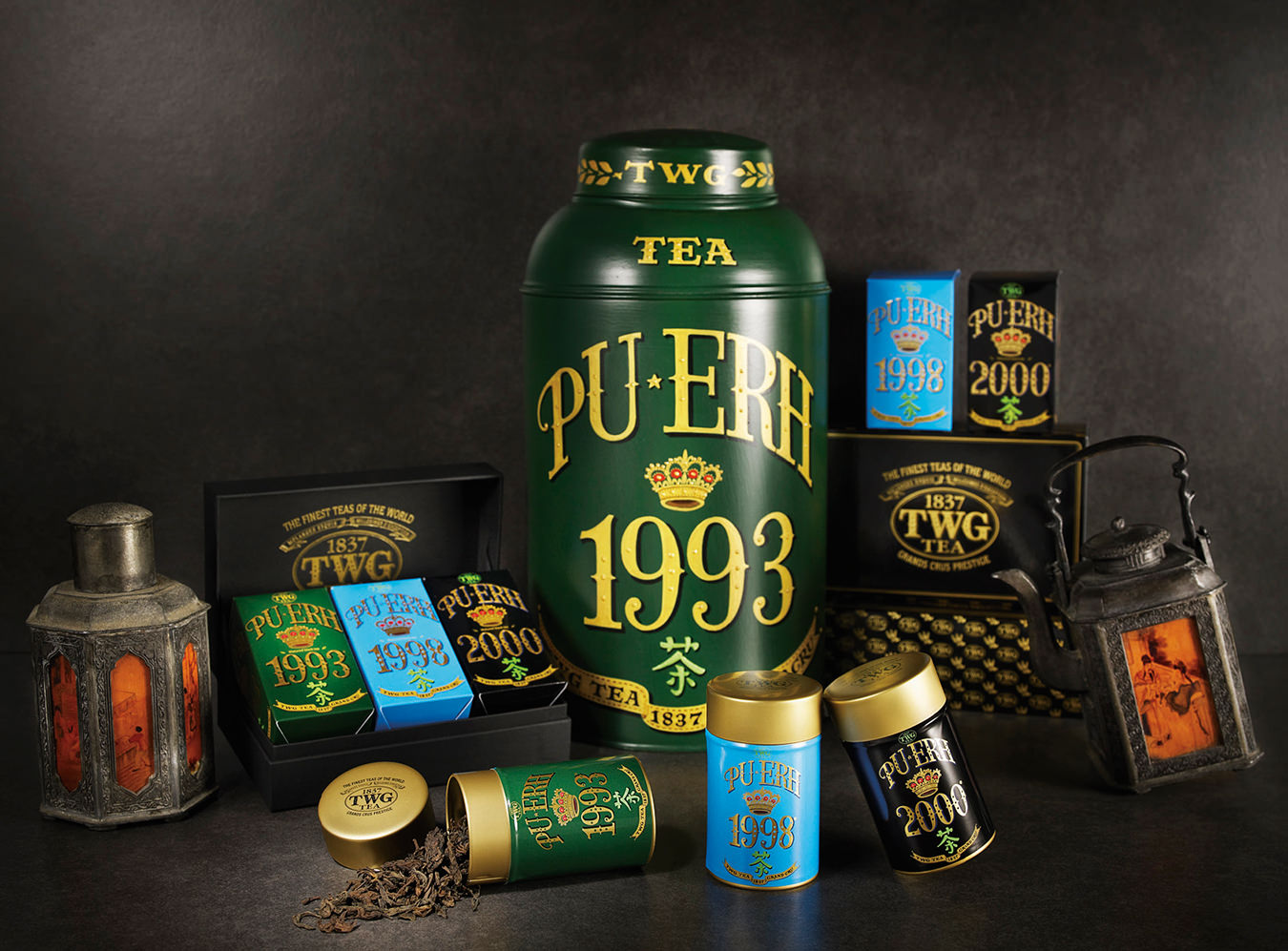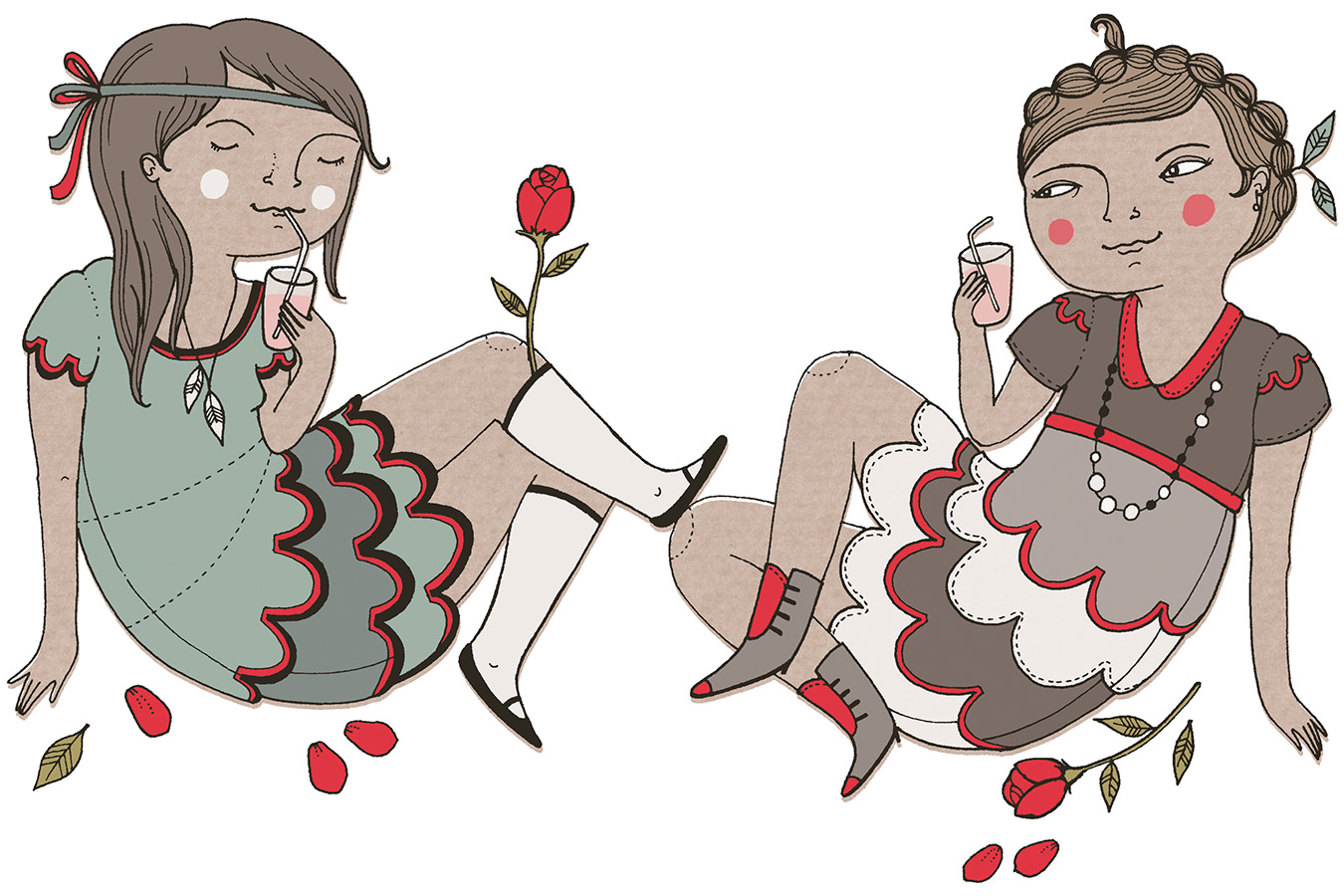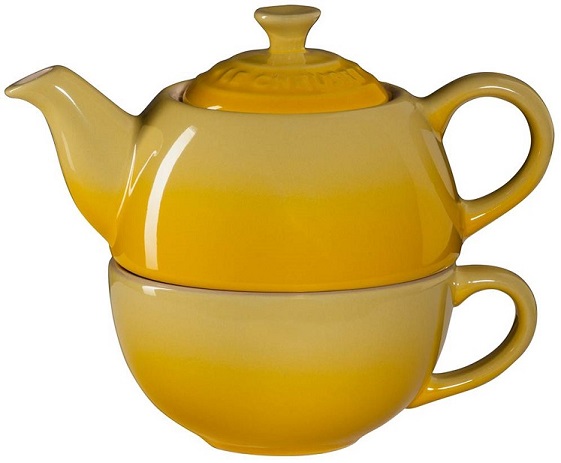-
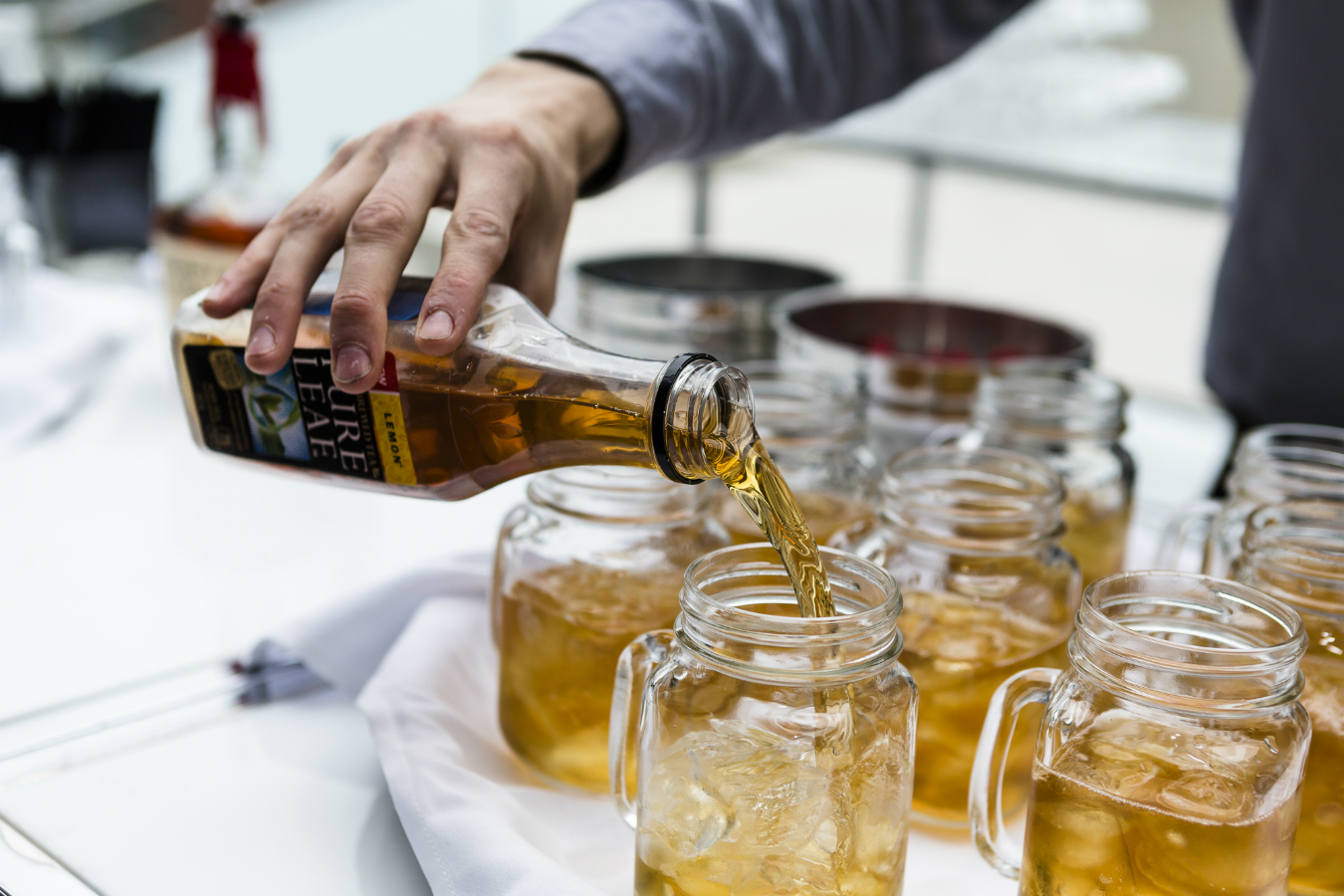
Pure Leaf is the only ready-to-drink iced tea in Canada made from fresh tea leaves.
-
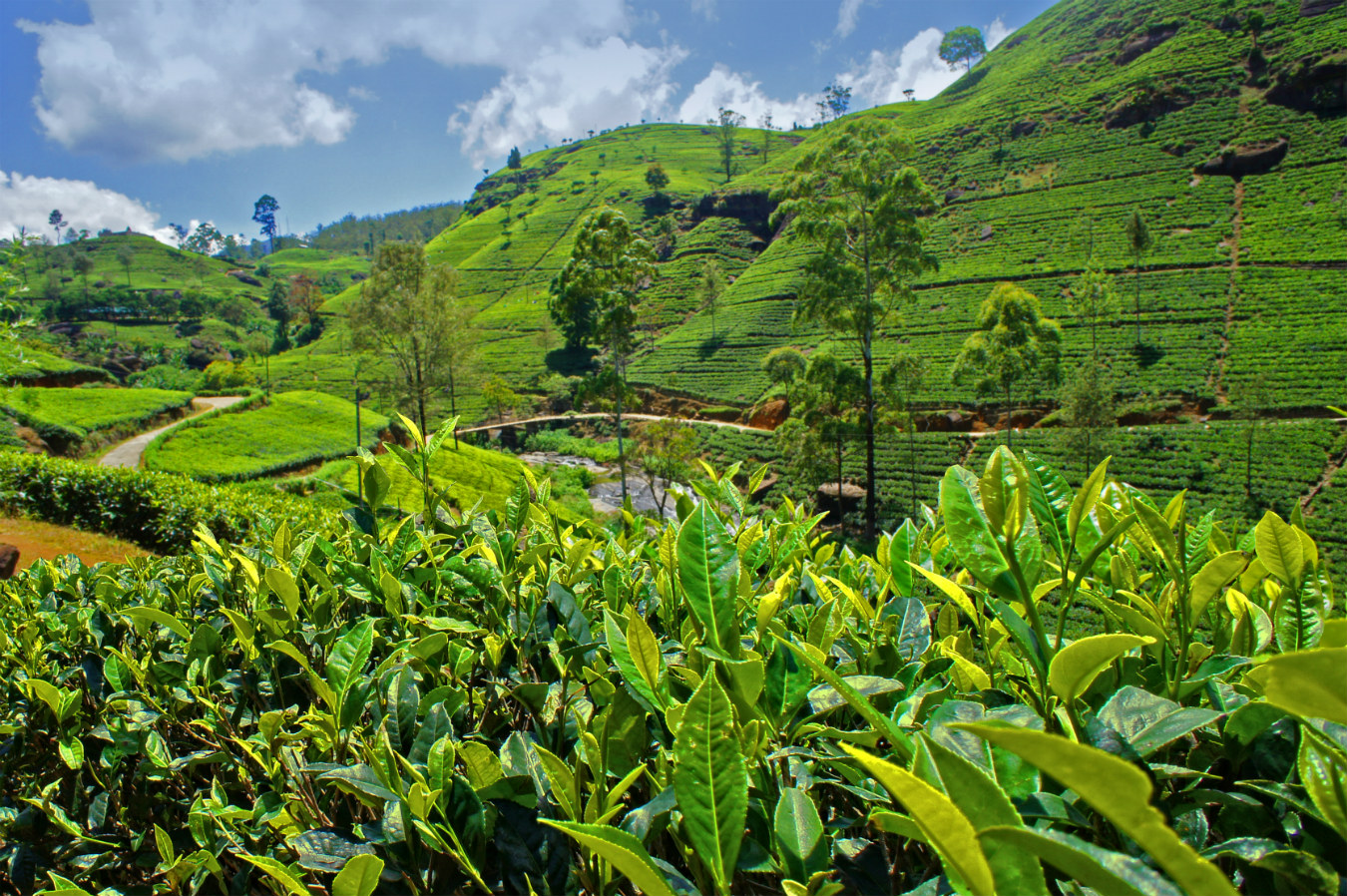
A tea plantation in Sri Lanka; the country is the world’s second-largest producer of tea after Kenya.
-
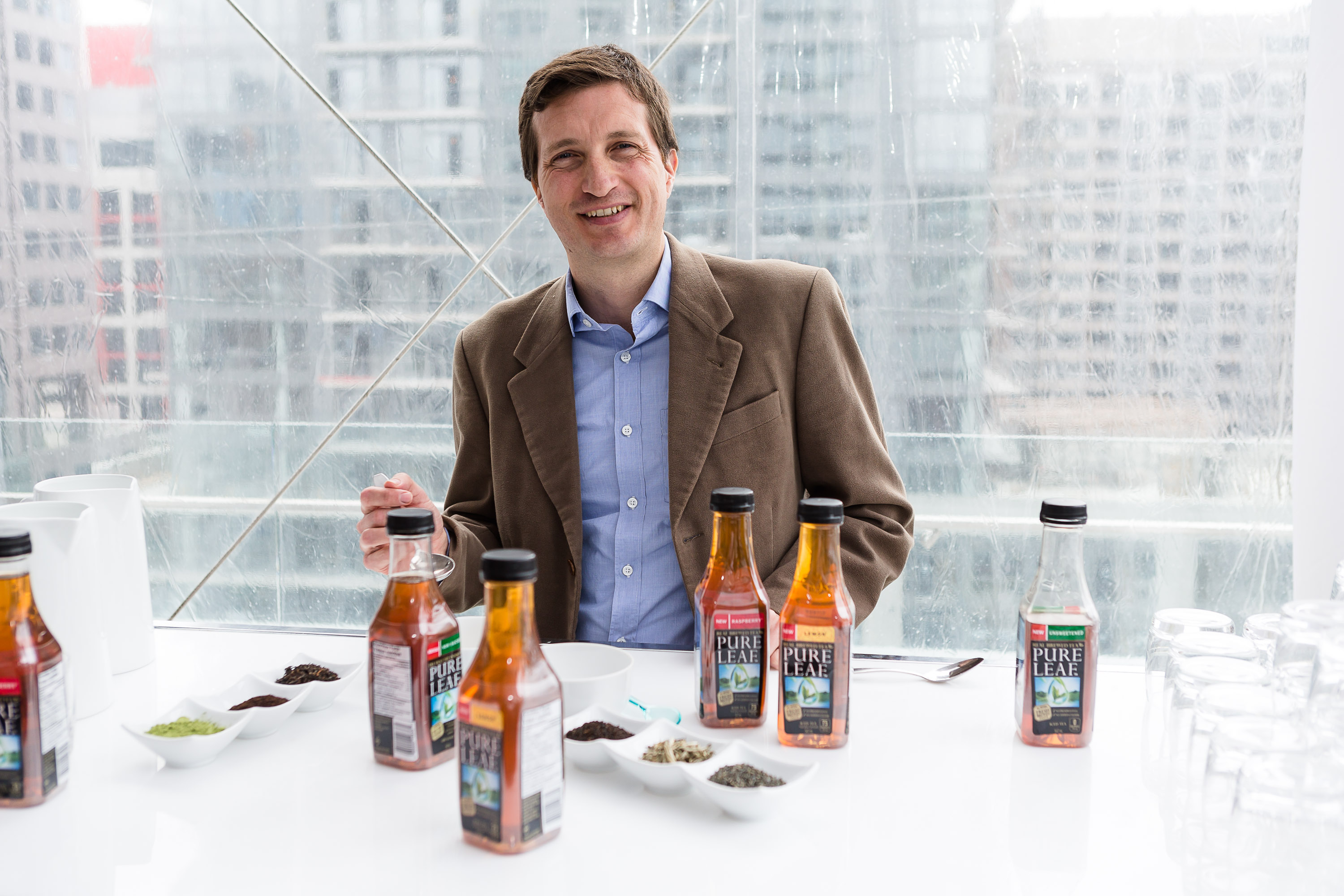
Tea master John Cheetham.
-
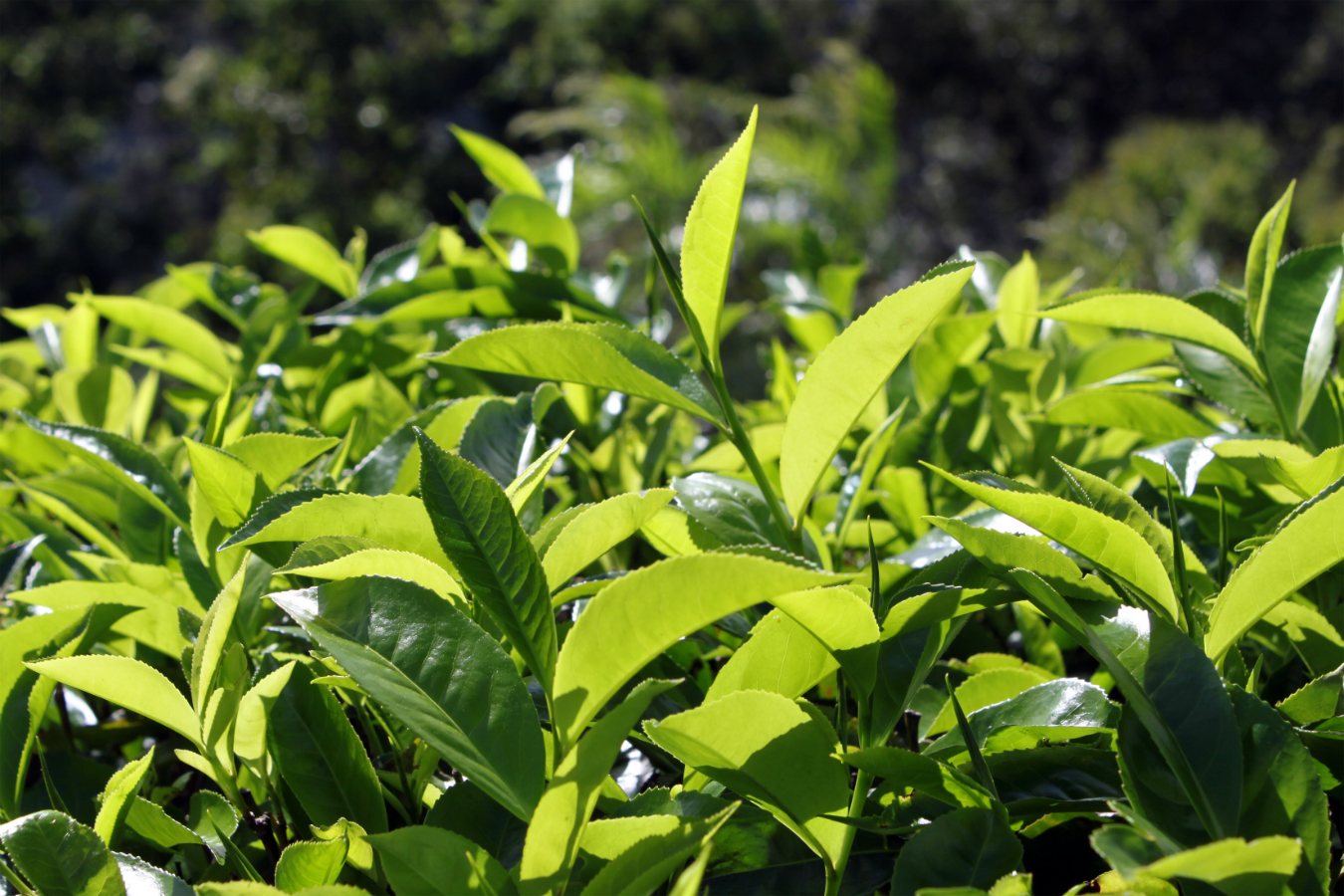
Often, during hand selection, only the top two leaves of the tea plant are harvested for brewing.
Pure Leaf Iced Tea: The Story Behind The Tea and the Man Who Owns It
Some like it cold.
When it comes to a popularity contest of drink-versus-drink, forget Coca-Cola or apple juice; throw away all notions of wine or lemonade. After water, more people in the world are sipping on tea than anything else. Pure Leaf Real Brewed Tea is harnessing that taste for the masses who believe that tea, not unlike revenge, is best served cold.
British-born tea master John Cheetham, ever-diplomatic, has grown to like his both ways. “Hot, with a little sugar, in the morning, and an iced tea at lunch. I’m certainly more of a tea person than coffee,” he muses, which is a good thing, because as an ambassador for Lipton, the world’s biggest tea manufacturer, Cheetham has spent the last 16 years studying tea with the same attention to detail that sommeliers use to analyze wine.
In his pursuit, Cheetham is responsible for blending thousands of tea varieties for a number of brands, including Pure Leaf Iced Tea Canada, which launched in April 2014. Brewed from hand-selected leaves plucked in India, Africa, and South America, there’s more to each blend than meets the tongue. For instance, Pure Leaf’s lemon-infused label has a base of 12 different black-tea types. Taste-wise (and nutritionally) it is leagues away from the bottles and cans that are flooding today’s iced tea market, and consumers are taking note of the bottle whose tagline “for the love of leaves” rings true.
Purity of taste is something Cheetham is more than just familiar with: Sri Lanka proved to be fertile training ground during his formative years as a tea master, and it was where he studied and tasted almost 500 individual varieties of tea daily out of the 10,000 different types he would receive weekly. Now based in New Jersey, Cheetham is still sipping his way around the world, constantly attuning his tastebuds to subtle nuances in aroma, look, and texture. “Blending tea is like cooking,” says Cheetham, who reels off flavour notes faster than an Iron Chef scrutinizes his ingredients. “Nutty, woody, astringent, coppery, sweet… It’s about finding those complementary flavours while also maintaining a balance of aroma and body.”
Cheetham can identify where a tea sample was grown, how it was processed, where it was picked, at what time of year, and how it should be blended—all from just one sip, in most cases. With so many variations, it’s no wonder that consumers want to expand and experience their tea repertoire as well. “Take wine, for instance,” says Cheetham. “It used to be all about merlot. But now, it’s about the cabernet, the grenache, the pinot noir—and it’s not just chardonnay anymore it’s the type of French chardonnay that matters. The same thing is happening with tea. People want that variety, and they want that pure taste.”

